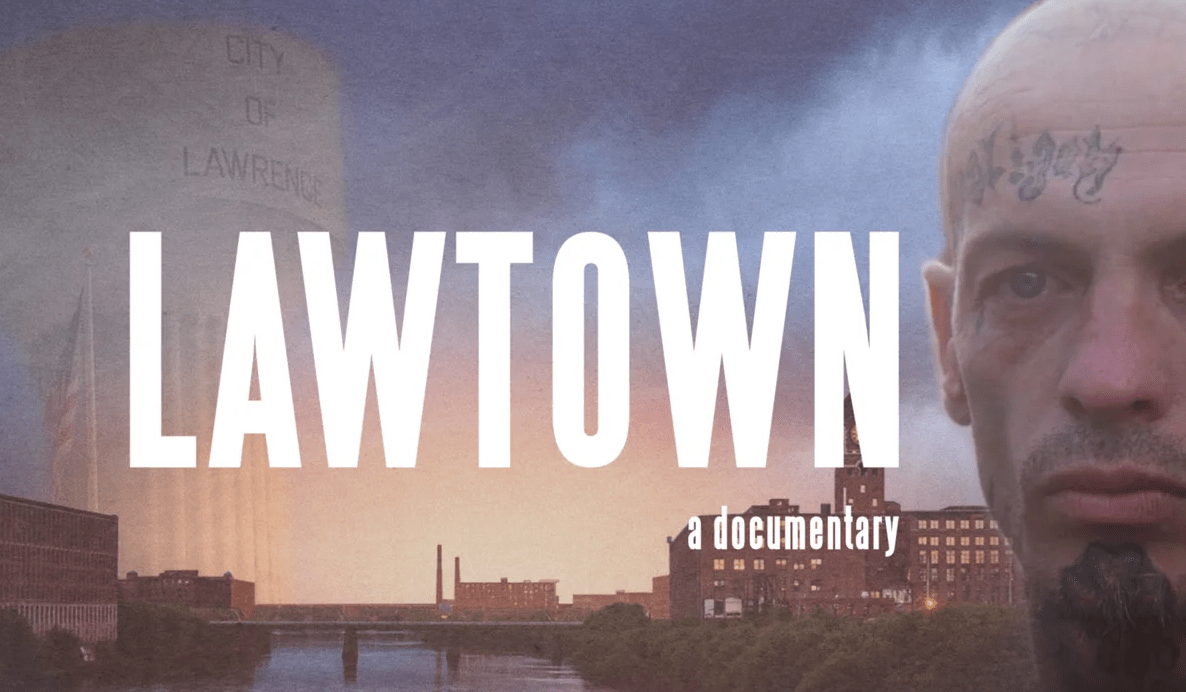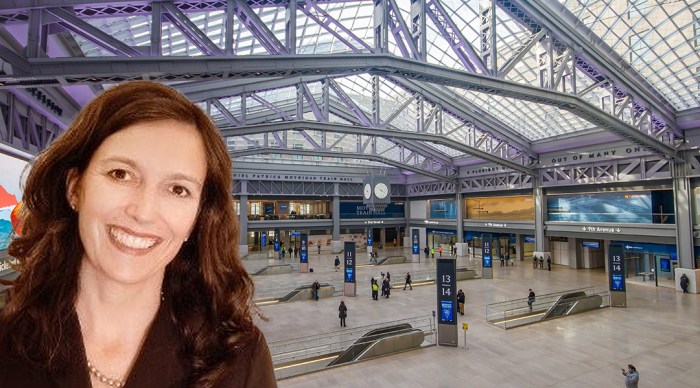There seems to be no shortage of sorrow and struggle among the corroded Colonials and vacant Victorian houses along the river banks near the remnants of ramshackle factories in ‘Lawtown.’
“One day I received news that a close childhood friend had overdosed,” director Justyn Moro said. “This made me sick to my stomach. I really had no clue how much drug addiction had taken over. At first, the focus of this documentary was on the entire New England area.”
But Moro said that most interviews and conversations lead to Lawrence.
The 75-minute documentary follows overwhelmed authorities who rescue overdosing residents, tend to gunshot wound victims, scrounge for evidence in an unsolved beheading, and dismantle a massive open-air drug hub encampment under the Casey Bridge.
As the crow flies, Lawrence is just 25 miles away from Boston, and had the highest opioid death rate in Mass, averaging at least one overdose per 1,008 residents in 2017. Just north of ‘Lawtown,’ the CDC determined that New Hampshire averaged the third most opioid-related deaths nationwide.
Both President Donald Trump and New Hampshire Governor Chris Sununu have cited Lawrence while railing against the opioid epidemic.
Chartered in 1853, Lawrence’s textile mills along the Merrimack River were at the forefront of the Industrial Revolution. But the first signs of economic strife followed in tow, according to the City’s History Center.
Riots between the Irish and anti-immigrant “Know-Nothing” party broke out, followed by the first of several crippling financial crashes, and the three-month-long ‘Bread and Roses Strike,’ which forced U.S. Congressional hearings on working condition regulations and gave birth to federal child labor laws. The city bloomed for a few years, embedding its bustling rhythm into the heart and ears of its most notable native son, Leonard Bernstein.
The Great Depression laid waste to Lawrence once the majority of mills folded. White flight gave way to Urban Renewal projects that demolished entire neighborhoods. By 1980, Lawrence was a ghost town crippled by stagnation, downturn, and an unbridled influx of heroin onto the streets of the most poverty-plagued city in the Commonwealth.
“Shootings. Stabbings. Overdoses. Narcan. It’s just part of the daily routine now,” Valley Patriot publisher Tom Duggan said in one scene. “I think there’s a lot of people who tried to save the city, but I’m a cynic now. I firmly believe Lawrence can’t be saved.”
But ‘Lawtown’ also depicts many tender moments of courage and compassion, which Moro said offer glimpses of the resilient humanity within struggling addicts amid harrowing scenes of heroin-plagued hellscape.
“I think for a film like this it is really easy to look at the negatives, but our intention was to bring awareness and try to come up with a solution for this opioid problem,” Moro said in a statement. “Lawrence is an amazing town with some incredible, hardworking and devoted people. We had the opportunity to meet many different faces. I think the one thing that stuck out to me is how much pride everyone had in their city.”















